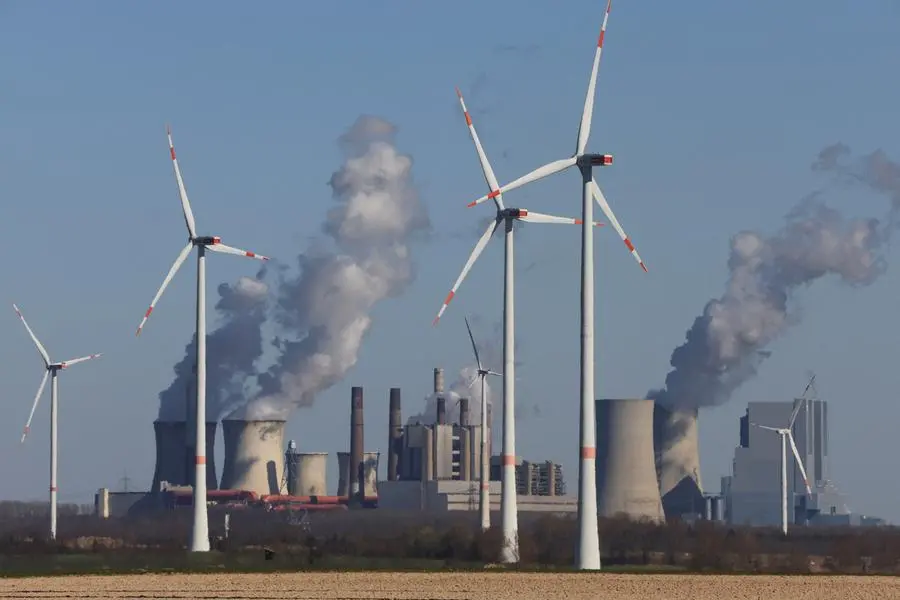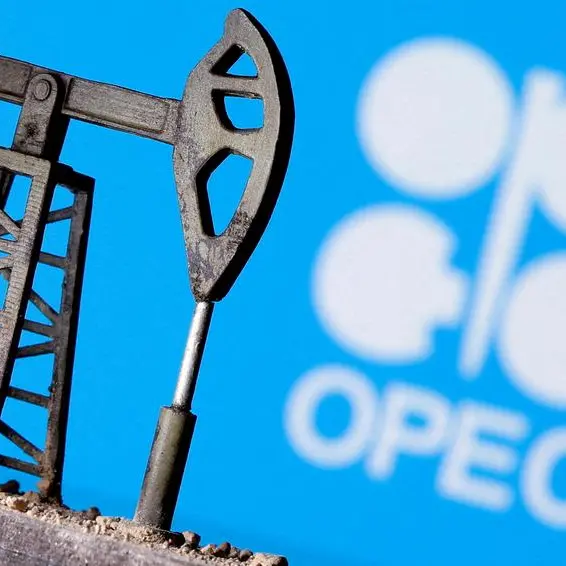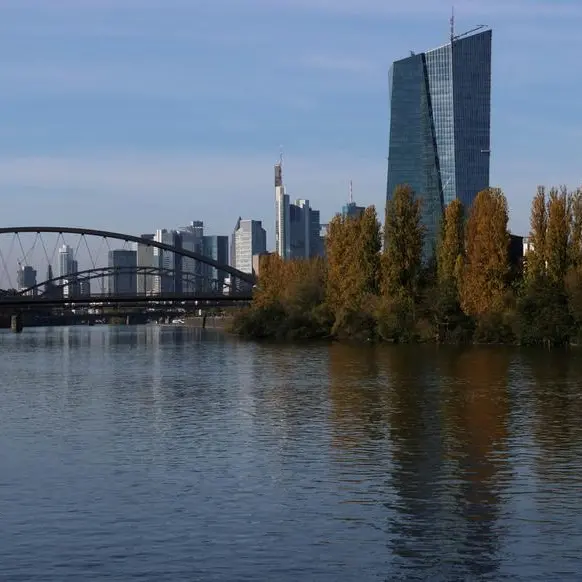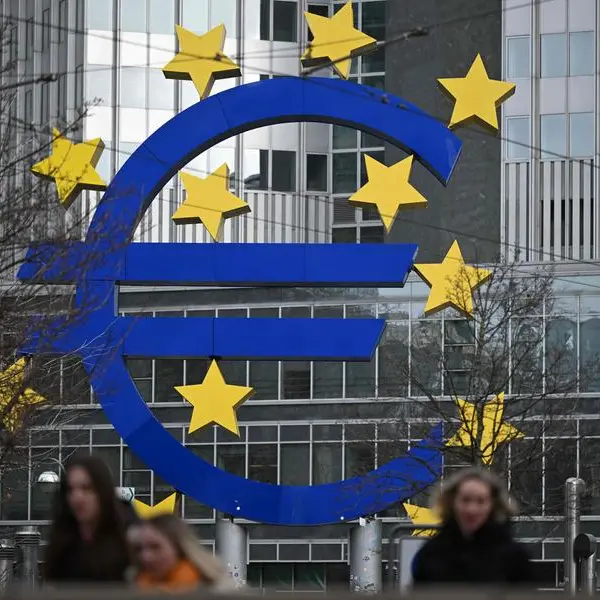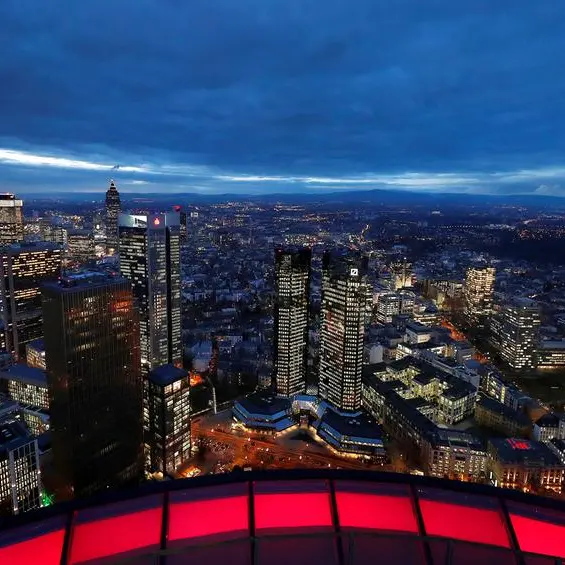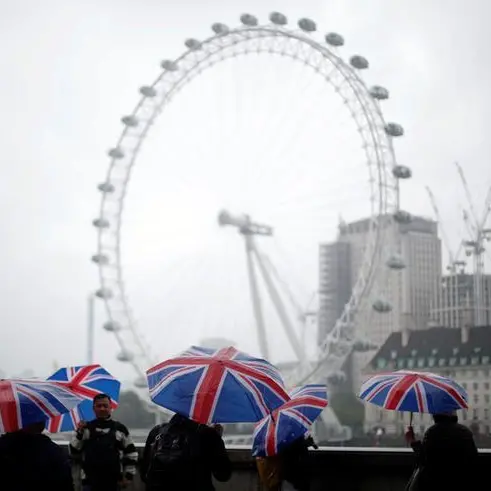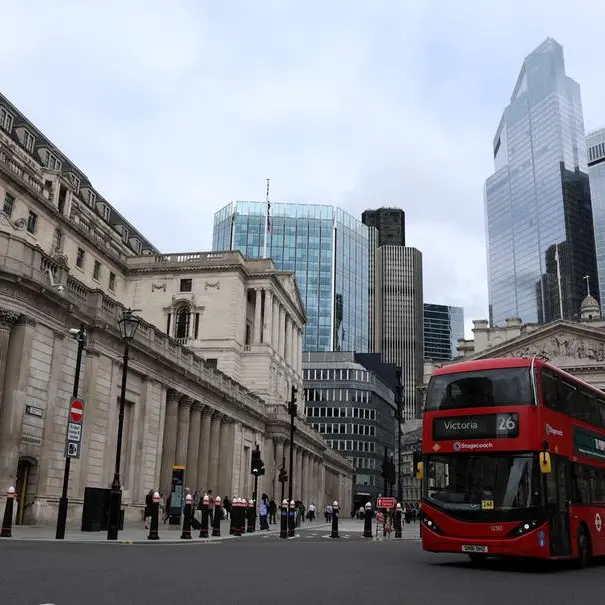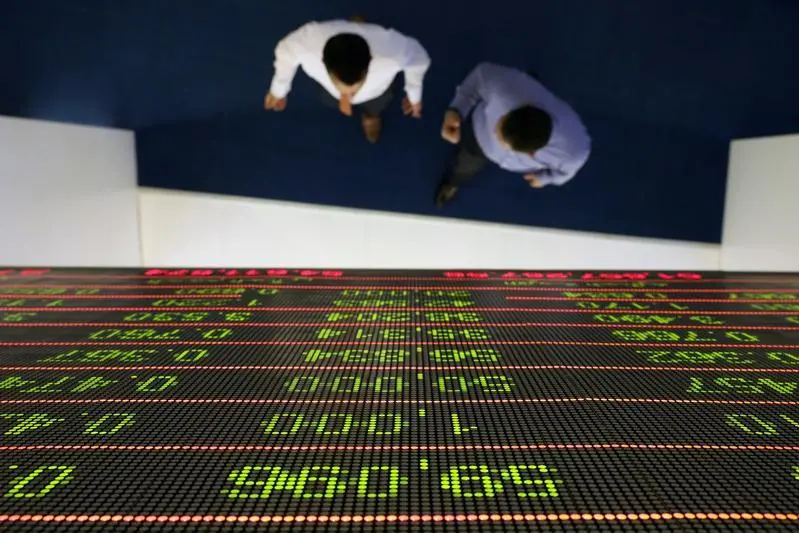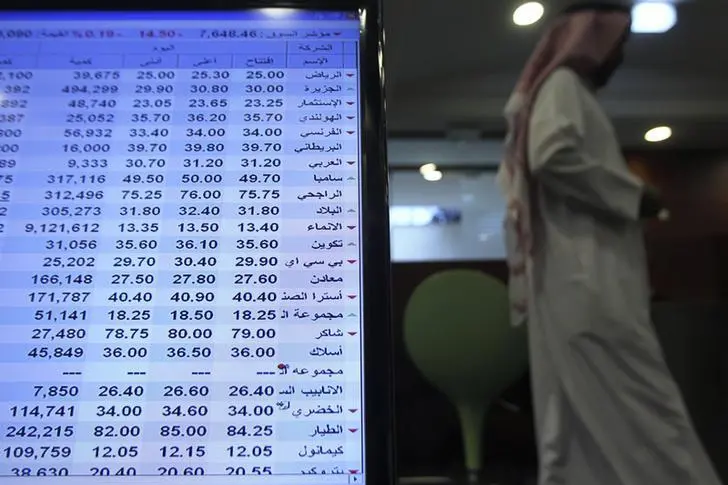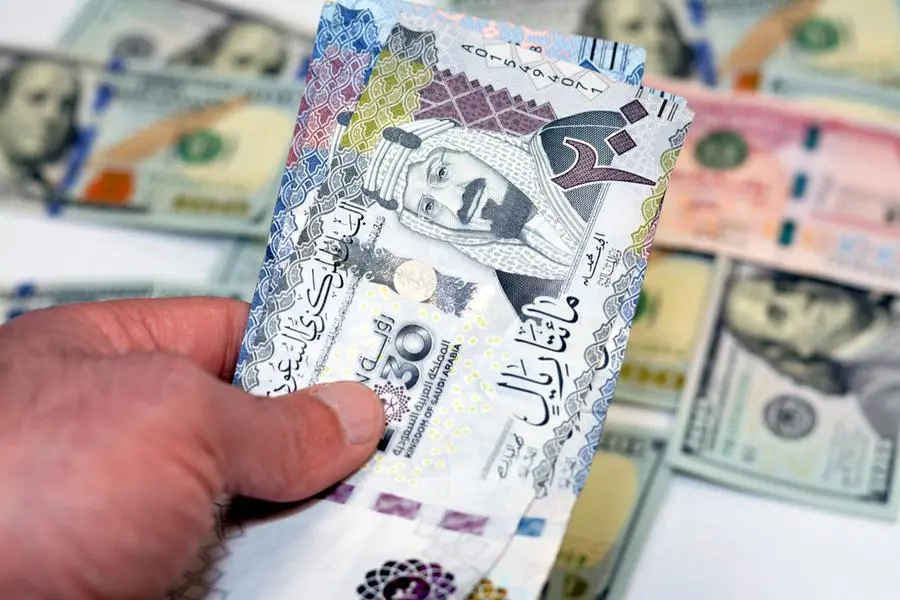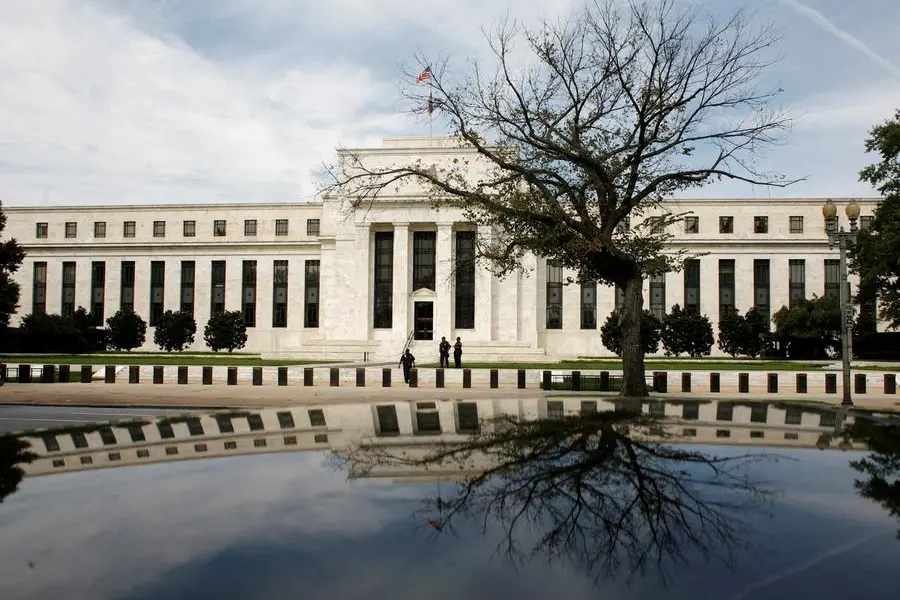PHOTO
BERLIN - Germany will launch the first tender for the construction and modernisation of 12.5 gigawatts (GW) of gas power plants that can switch to hydrogen by the end of 2024 or early next year, the economy ministry said on Friday.
The planned tenders are part of efforts to supplement intermittent renewable energy and speed up the transition to low carbon generation and follow pressure from the industry.
Called the Power Plant Safety Act, the plans include two tenders for building new hydrogen-ready gas power plants, each round of 5 GW capacity, in addition to 2 GW tenders for retrofitting old gas power plans for the use of hydrogen, 0.5 GW of long-term storage and 0.5 GW for fully-hydrogen-powered plants, the ministry added.
Investment costs and the difference in operating costs between hydrogen and natural gas will be subsidised for 800 full-load hours per year once the switch to hydrogen is made, the ministry said.
Germany's top utilities, most notably RWE, EnBW and Uniper, have long criticised the lack of details for the scheme, warning that this could put at risk Germany's plan to accelerate the phase-out of coal.
The tenders will be divided into two phases, with a deadline of eight years for the first-phase-constructed plants to switch to green or blue hydrogen, it said, adding that the plants will be predominantly be built in southern Germany, where much of the industry is located, to enhance grid stability and cut costs.
Germany last month won the European Union's informal approval to pay billions of euros to subsidise these power plants.
"After we have given momentum to the expansion of renewables and the expansion of the grid ... the Power Plant Safety Act is now giving us three times the momentum in the power plant sector," Economy Minister Robert Habeck said in a statement.
Germany is transitioning to renewables, having switched off nuclear power and seeking to phase out coal-powered electricity, but wants to give state support for natural-gas powered plants that underpin the grid during demand peaks and lows in unsteady supply from wind and solar power.
(Reporting by Riham Alkousaa; Additional reporting by Christoph Steitz; editing by David Evans)
